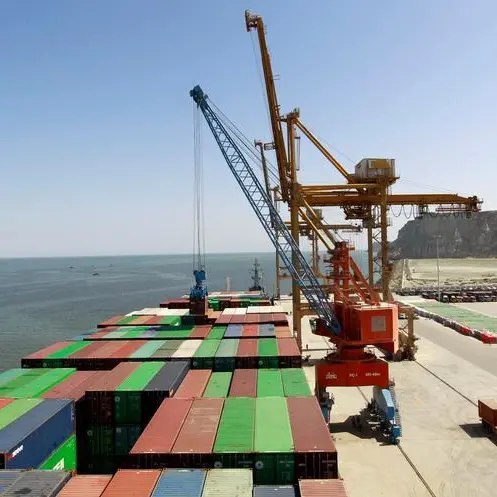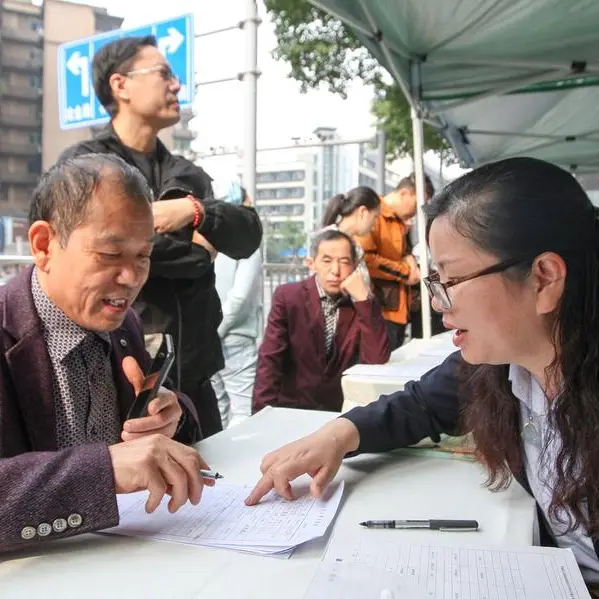PHOTO
Rice remains sufficient despite the drought in some areas, President Marcos said yesterday as he vowed to continue providing aid to sectors hit by El Niño.
Marcos directed agencies to coordinate closely with local government units to ensure swift distribution of assistance.
The President visited Occidental Mindoro yesterday to assess the situation in areas affected by El Niño and discussed ways to mitigate the effects of the weather phenomenon.
Marcos inspected the extent of damage in onion and rice plantations in San Jose town before attending the launch of the Bagong Pilipinas Serbisyo Fair and Kadiwa ng Pangulo.
The event sought to improve access to key government services and lower prices of commodities.
Marcos presided over a situation briefing on the effects of El Niño, which was attended by Cabinet officials and local executives.?Occidental Mindoro Vice Gov. Diana Tayag said the province is under a state of calamity.
Tayag said 67 percent of the province's land area with standing crops were affected by the drought, 20 percent of which had been completely devastated.
She said the local agriculture sector incurred losses amounting to P900 million, adding that since it is dry season, most of the farms were planted with onions, which suffered damage amounting to almost P300 million.
The amount of palay damaged by the extreme weather phenomenon has reached more than P200 million, Tayag said.
'There were people who committed suicide after incurring heavy losses,' she added.
Agriculture Secretary Francisco Tiu Laurel Jr. said the government has undertaken P1.13 billion worth of interventions to assist the affected sectors.
Tiu Laurel said the interventions include provision of cold storage facilities worth P40 million, 256,000 buckets of vegetable seeds, P3,000 fuel assistance for each beneficiary worth P1.179 million, 11 units of pumps and engines and P5,000 rice program cash assistance per beneficiary worth P5.65 million.
Marcos called for closer coordination between the national and local governments for speedy distribution of assistance.?'Our coordination is good. That is the most important because the equipment, the food pack, the assistance are there,' he said.?'But we have to bring them to those who need them. It's not enough that we reach the nearby areas. We have to help the far-flung areas.
Speaking to reporters, Marcos said the supply of food in the Philippines, including rice, remains adequate despite El Niño, due to the new farming techniques and improved irrigation system adopted by the government. ?
He said that only about 50 percent of farm lands in Occidental Mindoro are irrigated. He said his administration is fast-tracking the installation of solar pumps in upland non-irrigated areas to boost production.
Marcos directed the National Irrigation Administration (NIA) to put up irrigation systems that would to cover several towns, including San Jose and Magsaysay, to increase agricultural production.?'We are planning to build dams...so even if we are experiencing low rainfall, we have water sources,' he said.
Power woes
Another issue that was raised during Marcos' meeting with local executives was the decades-old power problem in the province, which is already affecting agriculture and other sectors.?Tayag said Occidental Mindoro is in a state of power crisis, noting that electricity costs P20 per kilowatthour, higher than the P12 per kwh charged to Meralco subscribers.?Tayag said the province has no cold storage facilities due to high power cost.
Tiu Laurel said the government is planning to build solar-powered cold storage facilities in the province next year to address the problem.?Marcos said the power supply remains sufficient. He said technical problems affecting the operations of power plants are being addressed.
The President said the government has long-term and short-term measures to address Occidental Mindoro's power issues.?He said the fastest way is to use solar cells, while the long-term solution involves other sources like construction of wind, hydro and geothermal energy facilities.?'But for Mindoro, both Oriental and Occidental, the long-term solution is the submarine cable so they can be connected to the grid,' Marcos said.?He said a submarine cable would allow the transfer of energy from areas with excess capacity to those that lack supply.
Hottest day
As this developed, temperatures soared to 40 degrees Celsius in Tarlac on Monday, the hottest and the second time in a week to be recorded in the country this year, according to state meteorologists.
The first 40-degree-Celsius temperature was recorded in Echague, Isabela on April 15.
Tuguegarao in Cagayan also sizzled after its temperature hit 39.7 degrees on Monday.
The Philippine Atmospheric, Geophysical and Astronomical Services Administration (PAGASA) said temperatures would continue to rise in the next few weeks due to the El Niño and the peak of the warm or dry season.
PAGASA earlier said 40 degrees Celsius would be the maximum temperature in May, yet it's only April and the heat has already reached the level.
State weather forecasters said dangerous heat levels are expected today in 31 areas nationwide.
The heat index may be between 42 and 45 degrees Celsius in these areas.
On Monday, the heat index in Zamboanga City soared to 45 degrees Celsius. A similar level of heat is expected in the coming days.
Copyright © 2022 PhilSTAR Daily, Inc Provided by SyndiGate Media Inc. (Syndigate.info).























